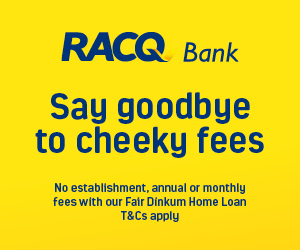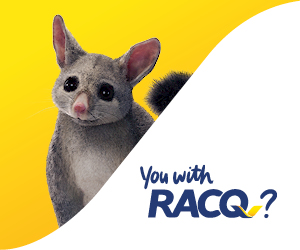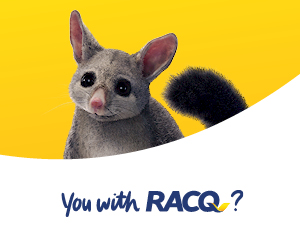For the 285 million blind people in the world, it’s impossible without a screen reader.
However, screen readers, which sell for thousands of dollars, prove difficult to access for many people due to financial constraints as well as language and location barriers.
This basic social injustice did not sit well with Queenslanders Mick Curran and Jamie Teh.
They are both blind and their hip pockets have experienced firsthand the costs of a commercial screen reader.
Mick and Jamie, who met as children at a music camp and share a love of computers, came together in 2006 to design a screen reader that would rewrite this script for blind people.
With the purpose of creating software by the blind for the blind, Mick and Jamie developed a free and open-source screen reader, known as Non-Visual Desktop Access (NVDA) with their not-for-profit organisation, NV Access, launching shortly after.
Now, 17 years on and thanks to partnerships with Microsoft, Google and Adobe, NVDA is used by more than 250,000 people globally.
NV Access General Manager James Boreham said the program was free to download and could be used across a range of platforms
“NVDA works with any Microsoft computer, Google document or Adobe program as well as with audio and refreshable braille displays,” James said.
“It allows users to navigate by keystrokes, choose a voice and customise the speed at which it reads back to you.”
James said the software made a difference by breaking down barriers.
“We continue to see blind people overrepresented in global unemployment rates as they face perceived barriers to accessing work and education,” he said.
“NV Access was built around the belief that a blind person shouldn’t have to fork out thousands of dollars more than the general population to use a computer.
“The screen reader is free so there is no cost barrier, which is especially important for those in lower socio-economic situations.
“We’ve also been able to partner with blindness agencies and local organisations in developing countries to distribute NVDA into remote communities that might not have access to commercial screen readers.”
The screen reader is free so there is no cost barrier
James said the software had established a global movement
“The unique aspect of NVDA is that the software is open-source, meaning the code is visible to the public and this allows those in the development community, including those who are blind, to contribute and make improvements to the software,” he said.
“Whilst NV Access manages and curates the official version of the software, we have roughly 200 contributors who are active in suggesting additional features, identifying bugs and helping to provide more personalised experiences for its users.”
With only three software developers in the NV Access team, James emphasised how important the development community had been in expanding NVDA to more than 175 countries.
“We wouldn’t have achieved what we have without the support of the NVDA development community,” he said.
“While Mick and Jamie created the software in English, it has since been translated into more than 55 languages thanks to people all over the world."
“Jamie has always said that everything we do should be about empowering other people to make the world better and that sentiment is true of the community we have created with NVDA.”
James said that while NV Access was only small, they still had big goals.
“Our challenge is making sure we are meeting the needs of people on the ground,” he said.
“We want to strengthen this in years to come and continue partnering with schools, local organisations, blindness agencies and government departments so we can grow not only the software, but the community around it.”
To learn more about the software or make a donation to NV Access to help them build more capacity to support blind and vision impaired people, go to nvaccess.org.
Top image: NV Access founders Jamie Teh and Mick Curran. Photo University of Queensland.





